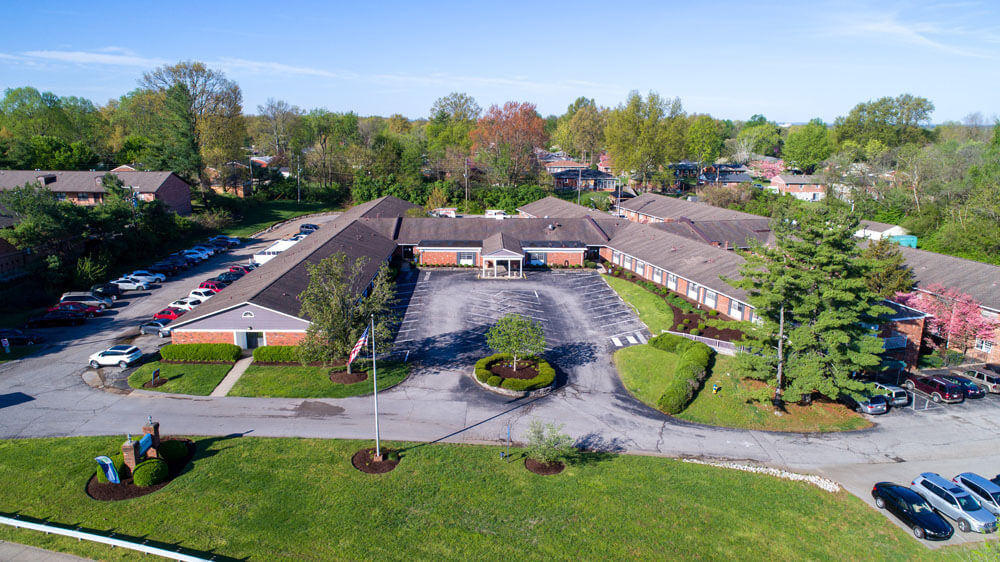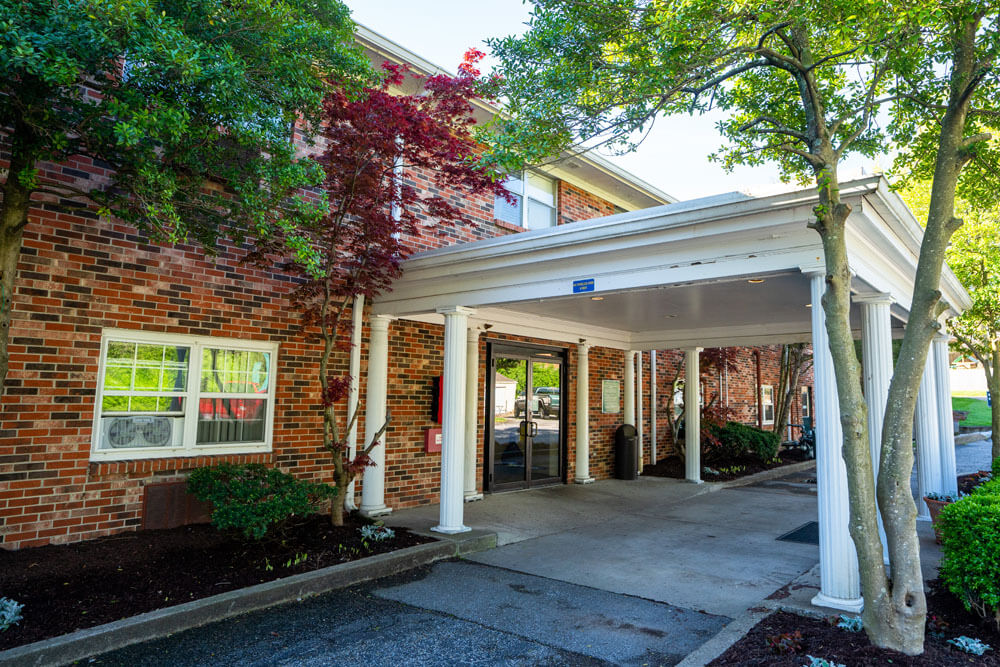Over 800,000 American seniors now live in assisted living communities or centers. Assisted living is often the best way to combine care with independence for aging individuals, but it does come with some big changes.
For many seniors, the initial transition is the hardest part. Moving into an assisted living space requires downsizing and strategic assisted living packing. How do you know what to bring and what to leave behind?
Our moving to assisted living checklist is designed to make this process easier. As always, our goal is to make assisted living a joyous and desirable option for seniors from start to finish.
Read on as we cover everything you need to know when packing for assisted living.
Step One: Assessing the Amenities and Guidelines
Before you can get to packing, it’s important to learn more about the assisted living community you are moving to. Many assisted living communities share common traits, such as round-the-clock staff who can assist with activities of daily living. However, they can also vary greatly in terms of amenities and guidelines for residents.
Is your new home or apartment furnished or do you need to bring your own furnishings? Does the staff clean your living space for you or will you want to pack some cleaning staples? Can you bring a pet or is your assisted living a pet-free zone?
Make a list or print out any amenities or guidelines that will impact your packing process. That way, you won’t overpack or under pack before move-in day.
Step Two: Selecting Furniture to Bring
If your assisted living home is unfurnished or partially furnished, it’s time to evaluate the furniture you want to bring with you. This will often include a mattress, box spring, and bed frame. It may also include living room furniture like armchairs or couches, a nightstand for your bedroom, and a dresser for your clothing.
In some cases, you may be able to bring along pieces of furniture (or other accessories) that hold special meaning for you. For example, you may be allowed or encouraged to use your own bedspreads and curtains. It is often advised that you do not bring rugs, as these can present tripping hazards.
Step Three: Packing Clothing for Assisted Living
If you haven’t downsized your wardrobe in several years, now is the time to do so. Many assisted living communities provide laundry services on a weekly or bi-weekly basis, which means that you don’t need a ton of duplicates to wear.
Consider the climate of your new home and the lifestyle you will lead. Do you still need a winter jacket? Will you spend much time in formal wear or will you wear casual wear most of the time?
Make sure to pack plenty of undergarments and pairs of socks, as well as two or three pairs of comfortable and climate-appropriate shoes. Even if you are headed somewhere warm, packing a light jacket and a few sweaters is also a good idea. Finally, don’t forget comfortable lounging clothes as well as pajamas to stay comfortable 24/7.
Step Four: Gathering Entertainment and Fun Items
Downsizing doesn’t mean that you have to give up the items that keep you entertained and happy. Even if your new home will be fully furnished, we recommend bringing any electronics that you enjoy using throughout the day. For many residents, this includes a television and/or computer.
What if your favorite pastimes do involve a large collection of items? For example, you might enjoy reading and find that your book collection is too large to bring. The good news is that with the right internet-connected tablet, you can still enjoy a large collection of books, music, movies, and more–all in one small digital space.
Step Five: Packing Personal Essentials
In this portion of the checklist, it’s important to keep in mind that there are both objective essentials (like toiletries) and subjective essentials (like sentimental items). The goal is to ask yourself, “What do I need to not just survive, but thrive?”
We’ll start with the objective essentials. This includes things like:
- toiletries such as toothbrushes and grooming supplies
- medications and medical equipment such as glasses, hearing aids, and mobility aids
- identifying documents such as an ID card or social security card
- daily use items such as bath towels, a microwave, and a coffee maker
- a telephone or cellphone with accompanying cords or chargers
Now, what are some subjective essentials? This could be anything from jewelry you love to wear often to photo albums or framed photos. If it is a keepsake that you enjoy on a regular basis that is a reasonable size, pack it.
Step Six: Letting Go of Other Belongings
Downsizing does tend to entail letting go of belongings you don’t want to let go of. How can you make peace with this process?
Make sure to involve loved ones in your packing process. Rehoming items that you can’t bring, like pieces of furniture or family heirlooms, is a great way to part ways with something without truly parting ways.
As for other items that you enjoy but don’t need, it’s important to reason with yourself. Have you used the item in the past one to three years? If the answer is no and the item doesn’t hold sentimental value, it’s time to let it go.
It can help to sort those extra belongings into a few categories: things to sell, things to donate, and things to give away.
Do You Have Everything On Our Moving to Assisted Living Checklist?
Finding the right care and services is only the first step in transitioning to assisted living. Packing up can take more time and energy than you might expect. Use our moving to assisted living checklist to keep you on track.
Are you ready to move to assisted living this year? Contact us today to find out more about how we can help.







